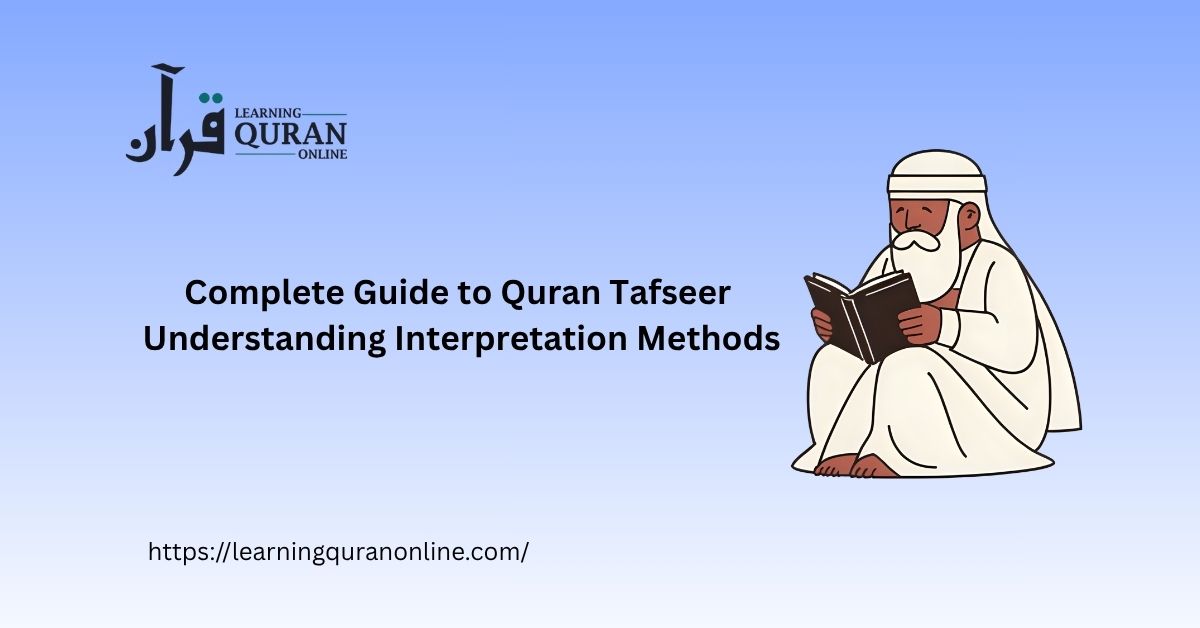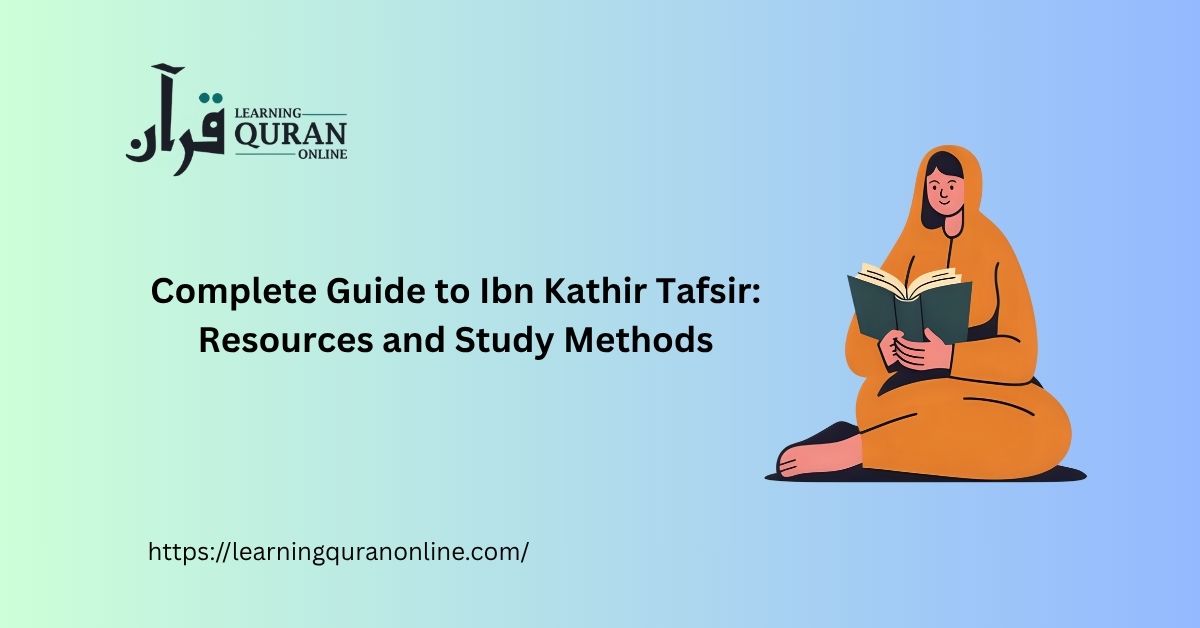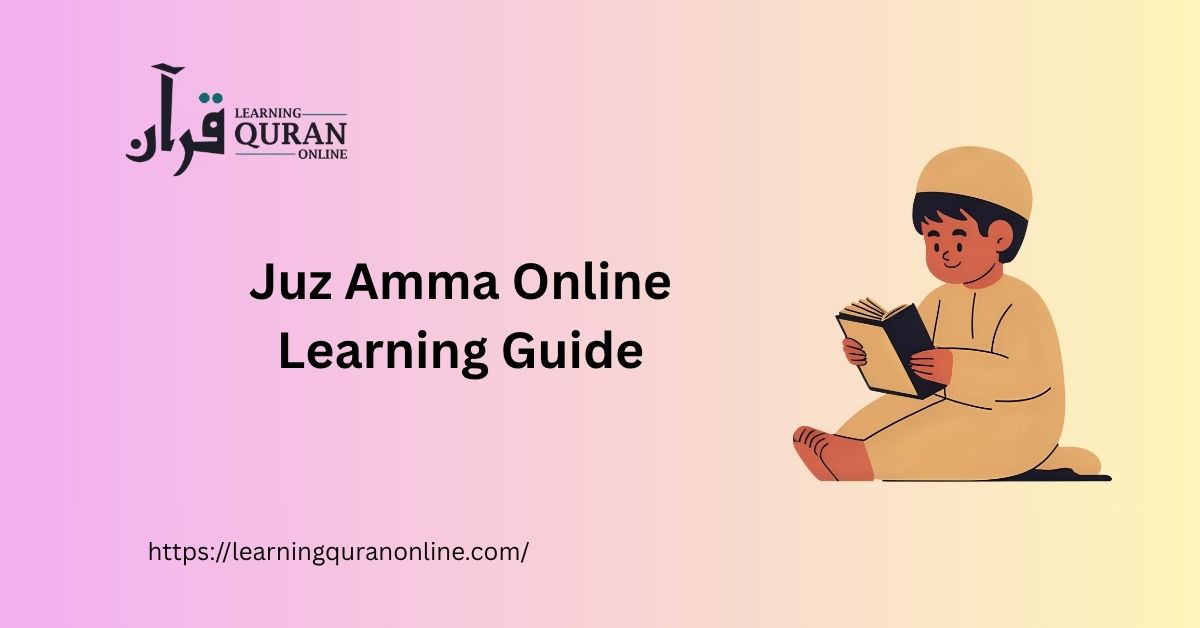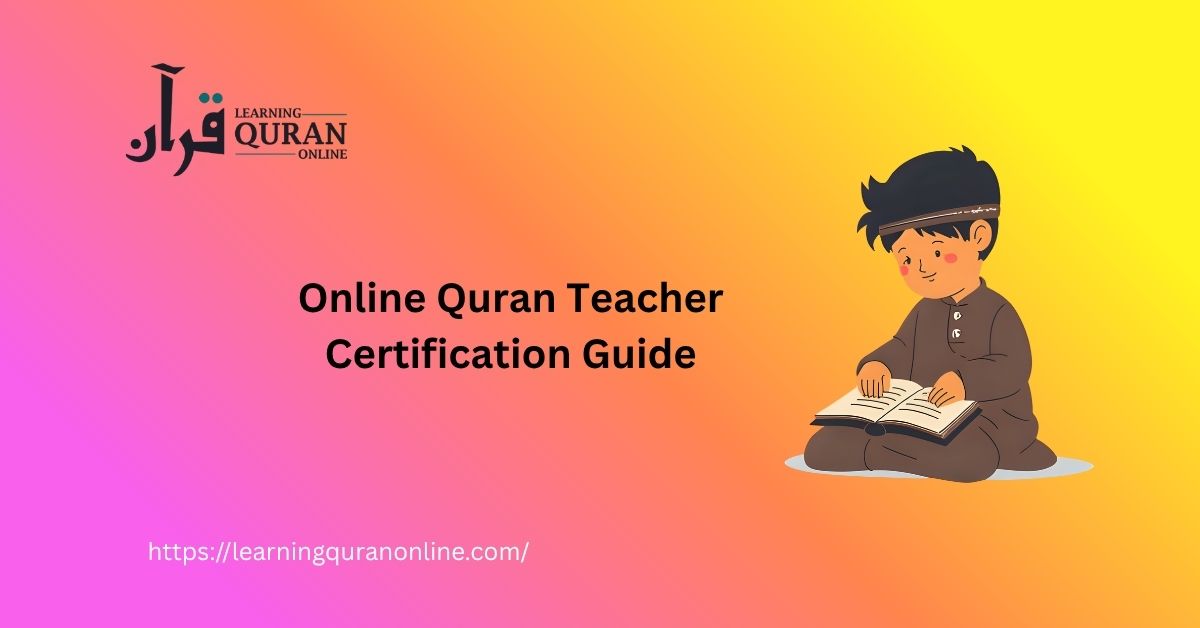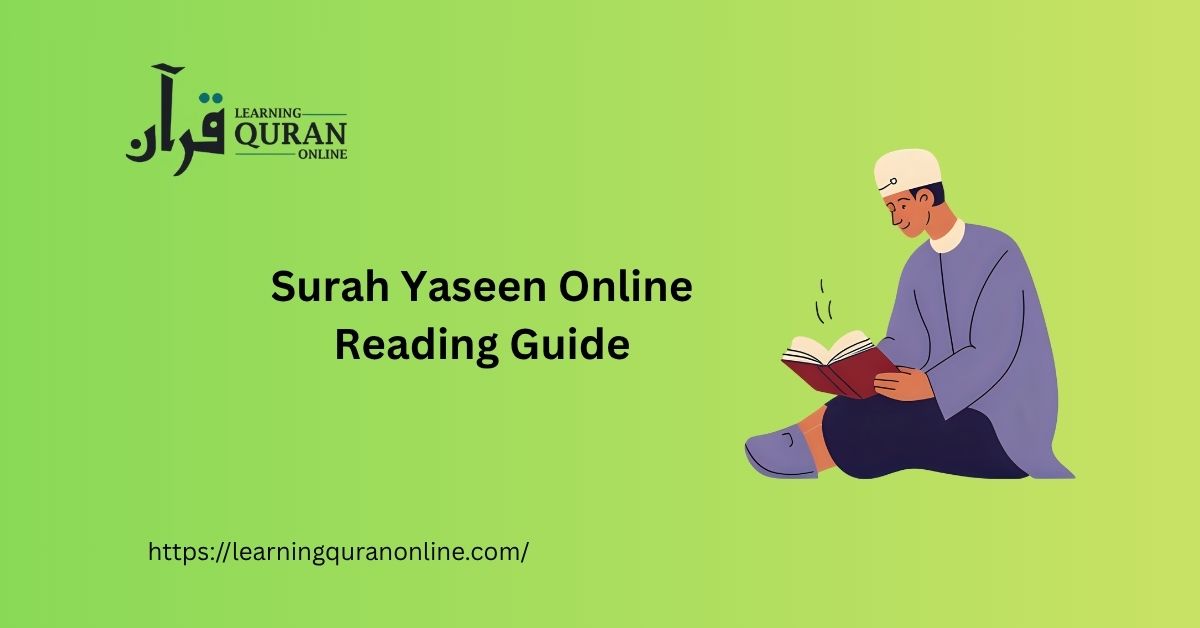Table of Contents
ToggleWhat Is Tafseer? Key Concepts and Terms
Tafseer means explaining, clarifying, or expounding the Quranic text. It differs from translation: while translation renders the literal words into another language, tafseer offers context, linguistic analysis, jurisprudential implications, and theological insight. Instead of Tafseer, people use these words like Quran exegesis, interpretation methods, hermeneutics, exegetical tradition, asbab al-nuzul (occasions of revelation), and linguistic analysis.
Primary Sources for Tafseer
Reliable tafseer rests on well-established sources. The primary sources and evidentiary materials used by interpreters include:
- The Quran itself: Many scholars emphasize “tafsir al-Quran bil-Quran” — explaining one part of the Quran by another part, because the Quran is internally coherent.
- Hadith and the Sunnah: Prophetic explanations and practice often clarify ambiguous verses. This includes sahih (authentic) hadith and reliable chains of transmission (isnad).
- Companions and early generations (Salaf): Explanations by the Prophet’s companions (Sahaba) and early tabi’un are highly valued due to their proximity to revelation.
- Arabic language and rhetoric: Grammar, morphology, semantics, and classical Arab eloquence are essential for correct understanding.
- Contextual information: Asbab al-nuzul (reasons or circumstances of revelation), historical background, and socio-cultural context help reveal intended meanings.
Major Methods of Tafseer
Over centuries, scholars developed several methodological approaches to interpret the Quran. These approaches are not mutually exclusive; many commentators combine multiple methods to form a balanced tafseer.
1. Tafsir bil-Ma’thur (Transmission-Based Exegesis)
Tafsir bil-ma’thur relies on transmitted material: Quranic cross-references, hadith, statements of the Prophet’s companions and successors, and other narrations with acceptable chains. This classical approach emphasizes authenticity (sahih isnad) and often appears in works like Tafsir al-Tabari and Tafsir Ibn Kathir. LSI keywords: prophetic commentary, isnad, traditional exegesis, classical tafsir literature.
2. Tafsir bil-Ra’y (Opinion-Based or Reasoned Exegesis)
Tafsir bil-ra’y uses human reason, linguistic insight, juristic reasoning, and analogy to interpret verses. While sometimes controversial, it plays an important role in deriving legal rulings (fiqh) and addressing new circumstances. Scholars applying this method still adhere to foundational sources and sound principles to avoid personal conjecture (tafwid or tafsir bi’l-zann).
3. Linguistic and Rhetorical Tafsir
This method emphasizes Arabic grammar, semantics, morphology, and literary devices (balagha). It explores word roots, syntactic relationships, metaphor, and rhetorical structure (nazm). Linguistic tafsir helps resolve ambiguities and clarifies subtle shades of meaning.
4. Tafsir al-Hadith / Tafsir al-Sirah
Some exegeses give primacy to hadith collections and the Prophet’s biography (sirah) as interpretive tools. Related LSI terms include prophetic context and sirah-based interpretation. These commentaries reconstruct events surrounding the revelation to explain the verses.
5. Thematic and Modern Approaches
Modern tafsir methodologies include thematic exegesis (focusing on key themes like justice, mercy, or prophecy), historical-critical methods, socio-political exegesis, and scientific tafsir, which examines alleged correlations between Quranic verses and scientific findings. These approaches aim to make the Quran’s message relevant to contemporary readers while maintaining methodological rigor.
6. Mystical and Philosophical Tafsir
Sufi or esoteric tafsir focuses on inner meanings and spiritual symbolism. Philosophical tafsir engages with metaphysical questions using rationalist tools. While offering deep spiritual insight, these approaches should be read alongside more literal and contextual commentaries to avoid misinterpretation.
Principles and Rules of Authentic Tafseer
Recognized principles govern responsible tafseer. These hermeneutical rules reduce arbitrary readings and ensure fidelity to the text and tradition. Key principles include:
- Give precedence to clear scriptural evidence — the Quran explains itself.
- Use authentic hadiths and reliable reports from the Prophet and companions.
- Respect Arabic linguistic rules and classical usage.
- Consider asbab al-nuzul and the historical context for verses revealed in specific situations.
- Recognize abrogation (naskh) where clear evidence exists and avoid arbitrary claims of abrogation.
- Avoid tafsir based solely on personal opinion or weak narrations.
- Be mindful of theological and jurisprudential diversity — acknowledge differences and scholarly debate (ikhtilaf).
Classical vs Modern Tafseer: Comparison
Classical tafsir (e.g., al-Tabari, al-Qurtubi, Ibn Kathir, al-Razi) often combines transmitted reports with linguistic and juristic analysis. It tends to be close to the early exegetical tradition and relies heavily on narrations from companions and tabi’un. Modern tafsir (e.g., Maududi, Muhammad Asad, Fazlur Rahman) engages contemporary issues, uses thematic frameworks, and sometimes incorporates modern critical tools and social sciences.
Strengths of classical tafseer include deep grounding in tradition and robust chains of transmission. Strengths of modern tafseer include accessibility for contemporary readers and engagement with modern problems. Responsible study benefits from reading both traditions to appreciate continuity and context.
How to Study Tafseer Effectively
Studying tafseer requires a balance of textual knowledge, language skills, and methodological awareness. Practical steps for students:
- Start with reliable translations and commentaries that cite sources clearly.
- Learn basic Arabic grammar and vocabulary to appreciate linguistic nuances.
- Study asbab al-nuzul to understand the historical context when relevant.
- Compare multiple tafseer works — classical and modern — to see different interpretive perspectives.
- Consult scholarly footnotes and bibliographies to follow chains of evidence and evaluate authenticity.
- Attend lectures or study circles with qualified teachers to address difficult passages.
- Use digital resources and reputable online tafsir libraries, but verify sources and scholarly credentials.
Recommended Tafseer Works and Resources
While there are countless tafsir texts, the following are widely recognized across the Sunni exegetical tradition and modern scholarship. Readers should consult translations and editions with scholarly annotation:
- Jami’ al-Bayan fi Tafsir al-Quran by al-Tabari — a foundational classical tafsir rich in transmitted reports.
- Tafsir Ibn Kathir — accessible, transmission-focused, and popular among many readers.
- Al-Qurtubi’s Al-Jami’ li-Ahkam al-Quran — renowned for legal insights and jurisprudential interpretation.
- Mafahim al-Quran (or Tafhim al-Quran) by Abul A’la Maududi — a 20th-century thematic and modern commentary.
- Approaches by modern scholars such as Fazlur Rahman and Muhammad Asad offer contemporary hermeneutical perspectives.
- Online repositories (Quran Corpus, Alim.org, quran.com with tafsir links) provide searchable texts and cross-references — verify credibility before relying on them.
Common Mistakes to Avoid in Tafseer
Even well-intentioned readers can fall into interpretive errors. Watch for:
- Cherry-picking verses out of context and ignoring the surrounding verses (nazm).
- Over-reliance on weak or fabricated hadiths without checking the authentication.
- Ignoring Arabic grammar and lexical meaning when concluding.
- Exclusive reliance on a single tafsir or a non-expert commentator.
- Forcing modern scientific narratives onto verses without careful methodological justification (misuse of scientific tafsir).
Conclusion: The Balance of Tradition and Reason
Tafseer is an intellectual and spiritual practice that requires a careful balance of transmitted knowledge and sound reasoning. Understanding the primary sources, methodological principles, and major interpretation methods equips readers to approach the Quran responsibly. Whether engaging with classical exegesis, modern thematic tafsir, linguistic analysis, or spiritual commentary, prioritize authenticity, context, and scholarly rigor. This balanced approach preserves the richness of the Quranic message and helps readers apply its guidance thoughtfully in contemporary life.
For further study, begin with a trustworthy translation, consult two or three reputable tafsir commentaries (classical and modern), and seek guidance from qualified teachers. The discipline of tafseer is both vast and rewarding — it deepens comprehension, refines interpretation skills, and nurtures a meaningful engagement with the Quran.

